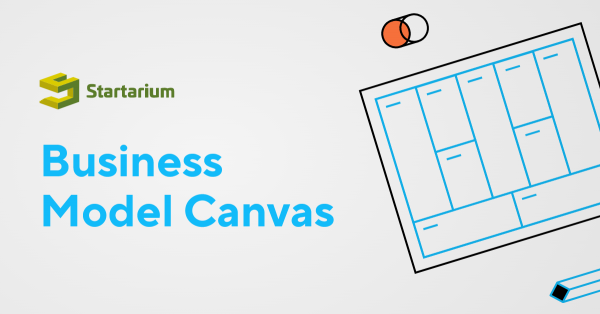Most businesses had to adapt to this major shift the way we work and the way people's needs have changed in the last two years. Event multinational companies and public institutions created their own digital workplace strategies in order for them to manage these major market shifts.

The digital workplace has broken down communication boundaries and is altering employee experience to one that promotes efficiency, growth, and creativity by intelligently merging technology that many firms currently utilize.
But what is the key to success when it comes to the digital workplace?
Well, everything comes down to the execution of a digital workplace strategy, which must be capable of generating meaningful transformation throughout the organization.
A lack of a digital plan to bring all of your rollouts together may lead to a slew of issues. You must create a digital work environment to fulfill the expectations of an always-connected workforce and remain ahead of rivals. This is a place where workers can easily collaborate and communicate, where processes help them be more successful, and where technology helps them innovate. Begin by forming a digital environment team, which will include IT, HR, and business leaders and will be in charge of the company's digital transformation. This includes developing a clear plan with measurable goals, such as "transition to paperless record keeping in the next quarter."
- People (effectively connect, communicate, and collaborate);
- Processes (analysis and optimization of present business processes, design and implementation of new workflows, and creation of a flexible and responsive digital working environment);
- Technologies (use the correct software tools to establish the groundwork for digital transformation);
- Enterprise (identify, develop, and implement the right new digital business models to gain competitive advantage).
The digital workplace is made up of many different elements. Technology is just one of them. The key is to comprehend your employees' requirements. Confirm the minimal criteria for departments to build yearly digital workplace implementation plans.
You may use this information to create a change management strategy and strategize the digital workplace to align it with your existing infrastructure (intranets, portals, CRMs, and other platforms) as well as your company's working culture.
Take the initial steps toward a digital office by removing bureaucracy, improving communication, and organizing operations. Allowing your staff to be surrounded by paperwork while filling out hard copy forms for legal and financial departments on a weekly basis is not a good idea.
Instead, you may use the MS Office 365 suite or Google Docs to effortlessly communicate electronic papers with the financial and legal departments. Moving your e-mails to the cloud or your documents to OneDrive may also assist improve workflows by allowing you to securely view, share, and collaborate on all of your information.
You can now simply put the power of all your material, people, and information in the pocket of each and every employee – especially when they are on mobile – as Office 365 and Google Workspace continue to offer additional tools and features. You may develop new forms of cooperation while integrating various apps and enhancing data security.
Also it is very important to bring people, tools, and procedures together to build a strong organizational culture in which everyone can succeed. Your staff may check their emails on the move, update and share files from any device, collaborate and exchange ideas on papers and projects in real time, and take part in online meetings to become more productive and increase your company's potential.























